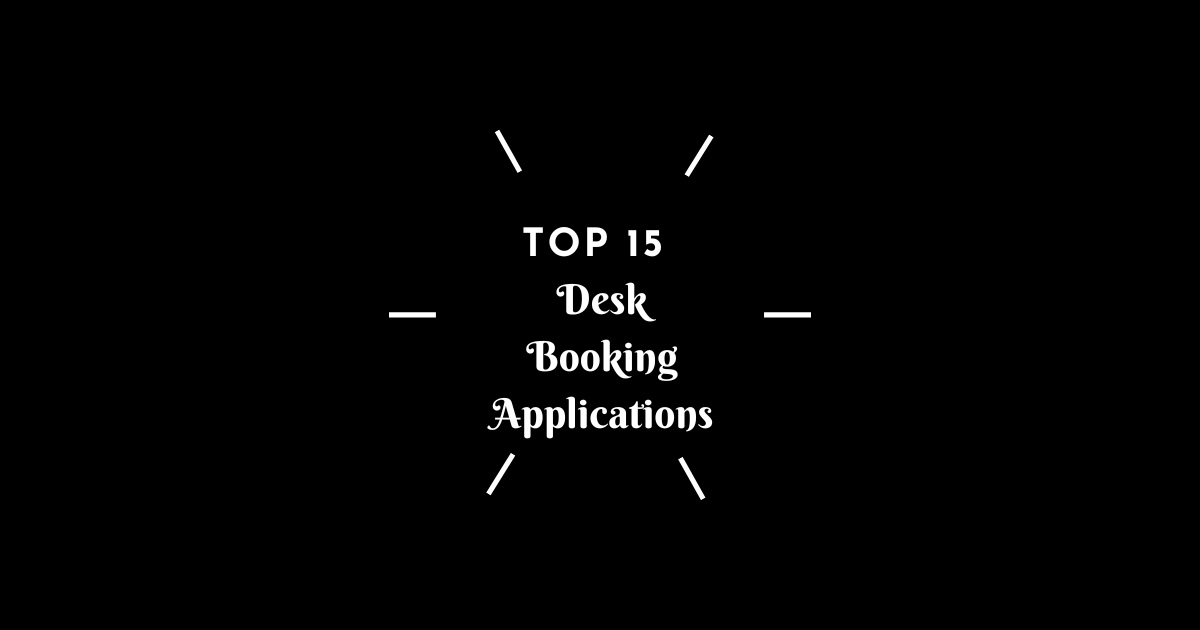In the modern digital era, where visibility and credibility define influence, getting featured on authoritative media outlets is a golden opportunity for entrepreneurs, innovators, and business executives. One such platform that holds significant weight in both the tech-savvy and productivity-focused communities is Lifehacker.
If you’ve ever wondered how to get featured on Lifehacker, you’re not alone. This iconic publication has become a trusted resource for life tips, productivity hacks, software insights, and problem-solving guides. A feature on Lifehacker can dramatically amplify your brand, build authority, drive traffic, and position you as a thought leader in your industry.
This guide provides a comprehensive blueprint to help you understand the Lifehacker ecosystem, craft your approach, and land a coveted feature.
What is Lifehacker?
Founded in 2005, Lifehacker began as a blog dedicated to productivity and tech hacks. Over time, it has evolved into a major digital media outlet with millions of monthly readers, covering topics ranging from personal finance, career growth, mental health, software tutorials, gadget reviews, DIY, and beyond.
What sets Lifehacker apart is its practical, relatable, and solution-oriented content. It’s not about news—it’s about actionable advice that readers can use immediately to improve their work, tech, and life.
Why Getting Featured on Lifehacker Matters
Being published on Lifehacker carries benefits that transcend traditional media coverage. Here’s why:
- High Domain Authority: With strong Google rankings, backlinks from Lifehacker significantly boost your SEO.
- Massive Audience: Millions of tech professionals, early adopters, and productivity enthusiasts read Lifehacker.
- Thought Leadership: A feature instantly establishes credibility in your niche.
- Long-Tail Visibility: Lifehacker articles tend to rank for years, keeping your brand discoverable for the long haul.
- Social Sharing Power: Articles are often shared widely across platforms like Reddit, Twitter, and LinkedIn.
Who Should Aim to Get Featured?
While anyone with a useful tip or compelling story could potentially make it onto Lifehacker, these profiles tend to have the best shot:
- Startup Founders solving unique problems
- Tech Innovators offering new tools or approaches
- Productivity Experts with groundbreaking systems
- Mental Health Advocates with practical coping tools
- Finance Educators offering real-world budgeting, savings, or investment hacks
- DIY Creators and lifehackers with original tutorials or solutions
Types of Content That Get Accepted
To increase your chances of being featured, align your content idea with the kinds of posts Lifehacker is known for. Here are the main content types:
- How-To Guides
Lifehacker thrives on step-by-step guides that solve specific problems, from “How to Unclog a Drain With Baking Soda” to “How to Declutter Your Digital Workspace.” - Tips and Hacks
Think original or lesser-known shortcuts to everyday problems—especially those involving time-saving, money-saving, or improving mental health. - App and Tool Reviews
If you’re a founder, submitting a thoughtful review of your tool—not a pitch—can work if you focus on its real-world applications and results. - Personal Experiences
Stories like “What I Learned From a Year Without Social Media” or “How I Automated My Finances and Saved $10K” offer authenticity, relatability, and inspiration. - Opinion Pieces (Occasionally)
While rarer, strong opinion pieces on tech or life philosophies that challenge norms can be accepted.
How to Prepare Before Pitching
Before contacting Lifehacker or submitting your idea, here are some essential steps:
1. Research the Site Thoroughly
Read at least 20–30 articles on Lifehacker to understand their tone, style, and preferred content categories. Make notes on recurring themes and writing styles.
2. Refine Your Expertise
Identify what unique value you bring to the table. Are you a data-driven founder? A mental wellness coach with results? A tech creator solving an emerging problem? Define your niche and message.
3. Build a Portfolio or Authority Online
Writers and editors often vet contributors. Having bylines in other publications or maintaining a professional blog, LinkedIn presence, or YouTube channel helps establish legitimacy.
4. Craft a Killer Story or Idea
Editors don’t want pitches that feel promotional. Your idea must help the reader first. Ask: “How does this make life easier, smarter, or more efficient for the average person?”
How to Pitch Lifehacker Effectively
Step 1: Find the Right Editor
Lifehacker has a rotating team of editors and freelance contributors. Scan the Masthead, LinkedIn, or bylines to find the appropriate contact—typically an Editor-in-Chief, Features Editor, or Senior Writer.
Step 2: Write a Compelling Email Pitch
Subject line: “Pitch: How I Automated My Small Business Finances and Saved $25K”
Your email should include:
- A short, direct greeting.
- One paragraph outlining your article idea.
- A few bullet points showing what the article will include.
- A 1–2 sentence bio about why you’re the right person to write it.
- Links to any previous writing or social proof (LinkedIn, Medium, Substack).
Being featured on Lifehacker is not just about visibility—it’s about value. If you can provide readers with genuine, applicable insights to improve their daily lives, your chances of being featured grow substantially.
This is not a one-time marketing stunt—it’s a powerful brand-building strategy. When done correctly, it positions you as a trusted voice in a noisy digital landscape.
So craft your message, back it with real expertise, and share something worth reading. Editors notice value. Let your work speak for itself.
Need expert assistance crafting your pitch or securing publication? Submit your article idea or guest post proposal now. Whether you’re an entrepreneur, executive, or creator, your story deserves the spotlight.
For immediate support, you can connect via contact@thecconnects.com
or reach out on
WhatsApp at https://wa.me/919133110730.



